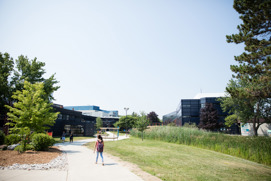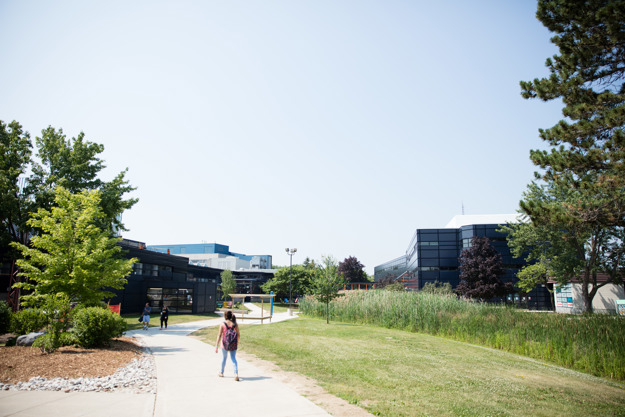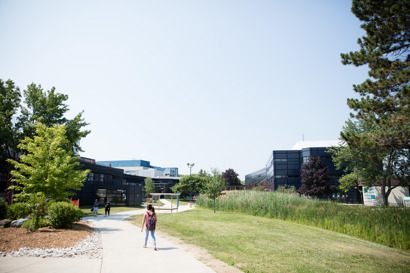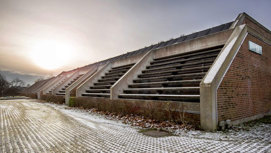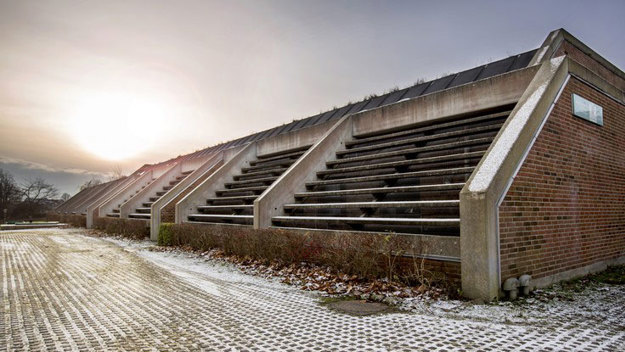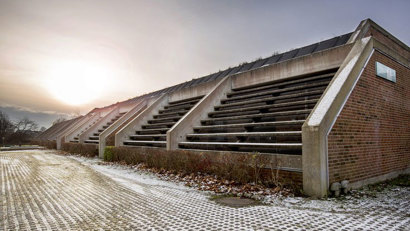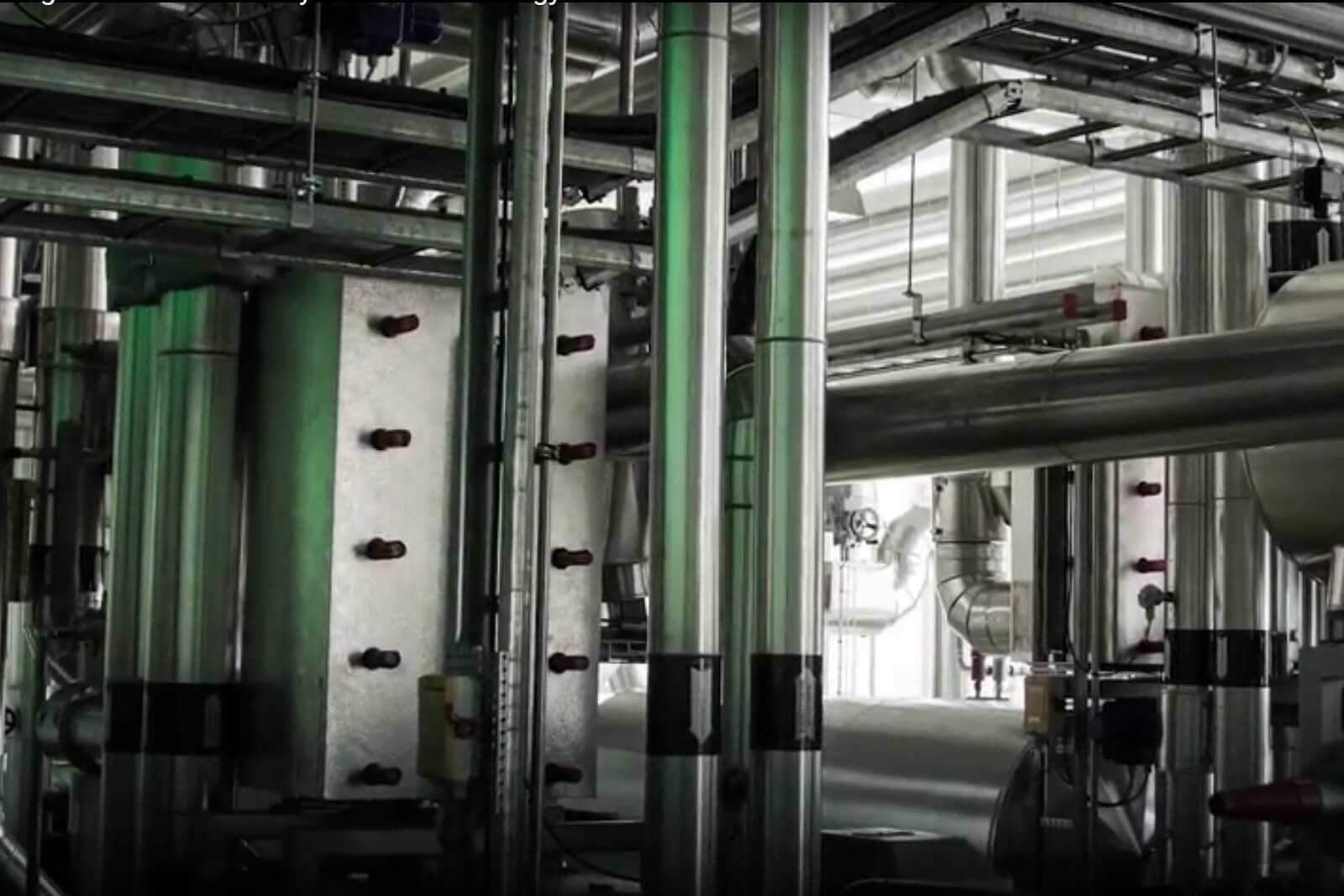
Reduce cooling energy consumption by 50% through higher energy utilization
District cooling provides chilled water for indoor cooling purposes to industrial, commercial and residential buildings through a closed loop pipe network.
Functionally and technically, it is similar to district heating.
A district cooling system can reach an efficiency rate typically 5 or even 10 times higher than a traditional cooling system.
The cold water used in a district cooling system can come from free sources such as sea water, or it can be produced from sources like waste heat with the use of steam turbine-driven or absorption chillers or electric chillers.
Did you know?
- District cooling is 5 to 10 times more energy efficient than conventional machine cooling
- District cooling can reduce cooling energy consumption by 50% through higher energy utilization
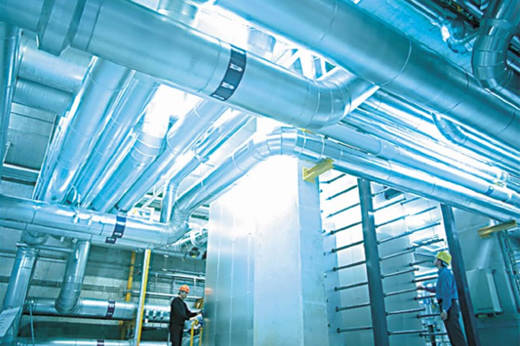
How does district cooling work?
District cooling delivers chilled water to offices, shopping malls, apartments and other kinds of buildings that need indoor cooling.
Through the district cooling network, the cooling plant pumps chilled supply water to buildings. The chilled water is fed into the individual buildings’ own cooling systems through a heat exchanger.
When the water has cooled the building, it returns to the cooling plant at a higher temperature where it is chilled again and redistributed in a closed loop.
The cold water used in a district cooling system can come from free sources such as sea water, or it can be produced from sources like waste heat with the use of steam turbine-driven or absorption chillers or electric chillers.

Environmentally Friendly & Energy-Efficient Cooling Supply
District cooling can be produced from local natural resources like sea water, or from chillers running on steam or electricity, which makes it an environmentally friendly option. It is also a reliable and highly secure source of cooling.
District cooling can reduce cooling energy consumption by 50%. It can drastically reduce electricity use during peak demand periods, too. A network with electric chillers for cold storage helps reduce peak electricity demand for cooling in a city by shifting production to periods of the day or night when there is less run on the electrical network.
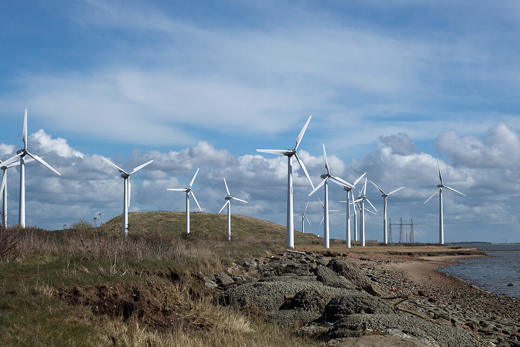
District cooling enables a green future
District cooling is becoming more and more relevant as the need for clean cooling increases worldwide.
In Europe alone, 40% of commercial and institutional buildings have cooling systems and that demand is growing. At the same time, CO2 reduction is high on political agendas.
Because of its combination of renewable and surplus energies, district cooling emits significantly less CO2 than conventional cooling systems and emits no hazardous refrigerants.

Case studies
-
if (isSmallPicture) {


 Danfoss Energy Transfer Stations Help Sheridan College’s District Energy System Make the Grade
Danfoss Energy Transfer Stations Help Sheridan College’s District Energy System Make the GradeCreating a sustainable energy system to heat, cool and power an entire college campus is no easy feat. In 2013, when Sheridan College launched its Energy and Climate Master Plan, with the goal of lowering campus energy and greenhouse gas emissions by half, they realized that they would need to transform their heating and cooling system. They looked to the Trias Energetica model, first developed in 1979, as a guide to developing a sustainable energy system, integrating heating and cooling functions and recovering energy that might otherwise be wasted.
-
if (isSmallPicture) {


 Reduced energy consumption with new heat exchangers in the district heating supply, Aarhus, Denmark
Reduced energy consumption with new heat exchangers in the district heating supply, Aarhus, DenmarkA major renovation project in Aff aldVarme Aarhus (AVA), in collaboration with the Danfoss-owned company Sondex®, has increased the efficiency of the heat exchangers by more than 20 percent by replacing old plates with new ones.
Videos
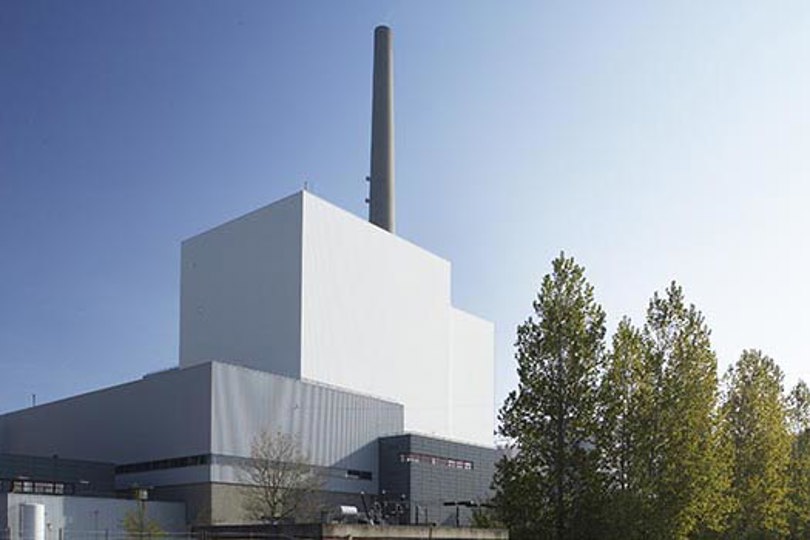
View the District Energy Documentary
Contact us

To learn more about district cooling solutions for your project please contact your local district energy expert.

